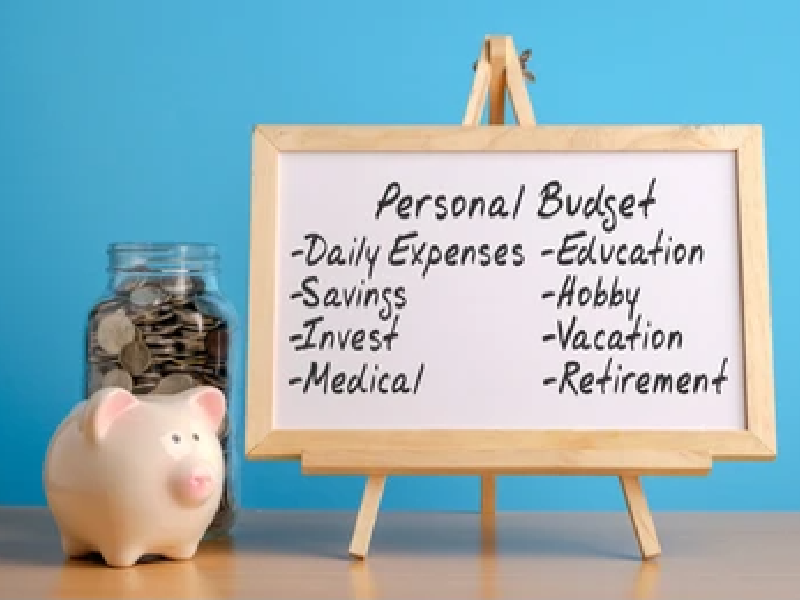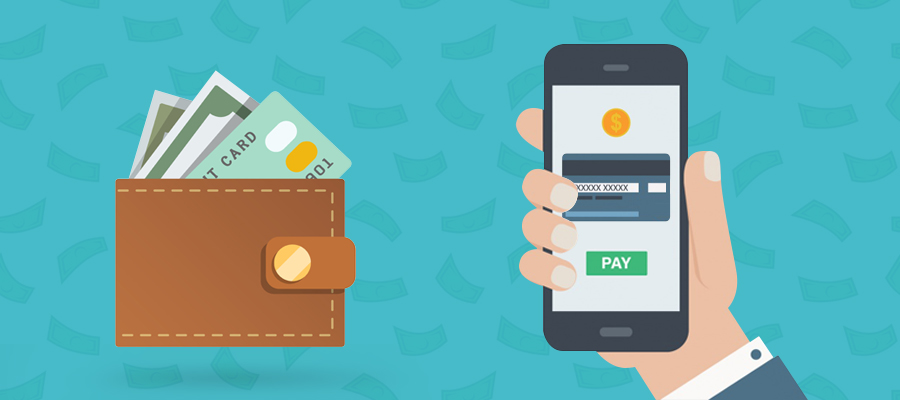
Loan borrowers have had to deal with tough situations induced by the Covid-19 pandemic since 2020. The 2nd wave of Covid dealt a bigger blow, many are left with huge medical bills, prolonged illness, loss of an earning member of the family, etc. With an influx of lockdowns across states, cash flows continue to remain majorly impacted, and this is making regular loan repayments more challenging than ever before.
Borrowers with high EMIs may be unable to deal with this challenge and must therefore look for ways to reduce the EMI payments. Here are some tips that loan borrowers can use to reduce EMIs and deal with the present scenario.
A higher down payment will help
Down payment is the upfront payment made by a customer while purchasing a home, large-value goods, etc. If a large portion of the customer’s total value is paid by the customer, the loan amount required to be borrowed will reduce. The interest amount on any loan is calculated on the principal amount lent to the customer.
Therefore, the higher the principal amount, the higher will be the interest that a customer has to pay. This, in turn, will result in higher EMIs on the loan. Hence, it is a smart move to pay a large sum as a down payment. This will significantly reduce the EMI of a loan and help the borrower save in the long run.
Using a longer repayment tenure
Any loan repayment term is inversely proportional to the number and amount of EMIs to be paid. Those who choose a longer loan tenure can enjoy the benefits of the total loan amount getting distributed over a longer time period. This reduces the monthly installments payable.
However, while opting for a longer loan term, borrowers must be prepared for a higher interest rate that could be charged on the outstanding debt for a longer period. Although a longer loan tenure can reduce EMIs, it could mean a larger outflow in the form of interest through the course of the loan term. Borrowers must therefore weigh all the pros and cons before choosing a loan duration.
Use a Step-Down EMI Plan
Many banks and financing companies provide an option of a Step-Down EMI Plan. This plan allows a borrower to pay larger EMI sums at the start of the loan tenure. With time, the EMI amount is reduced since the principal amount also reduces after every monthly payment. This plan mainly helps in reducing the interest burden as the loan tenure progresses. It is ideal for borrowers who are nearing their retirement since it is based on the borrower’s cash flow availability and needs
Make prepayments as and when possible
Many loans like home loans or education loans run for a longer tenure. In these cases, making prepayments can be helpful, as it reduces the principal amount on the loan. Any bonuses, gifts, etc can be channeled towards making prepayments. According to RBI rules, prepayment is allowed on floating rate loans without any penalty, but fixed-rate loans like car loans or personal loans may come with a pre-payment penalty. You may have to do a bit of calculation to see if the prepayment brings in more benefits than the penalty paid.
Negotiate interest rates
If a borrower has had a long-standing relationship with the bank from where he/she has borrowed a loan, it is wise to negotiate loan terms during cash crunch situations. Banks could be willing to negotiate with existing customers to help improve their brand loyalty and also gain an additional customer base. If you have a good credit score, you have more chances of bagging a lower rate of interest.
All the above-mentioned points can benefit existing loan borrowers. So, what about new loan borrowers?
Tips for new borrowers to reduce EMIs on loans
Conclusion
Before taking a loan, borrowers must make sure to calculate their EMIs to be paid throughout the loan tenure. This will help in gauging the financial needs shortly and allow one to plan or set up a budget accordingly.





















